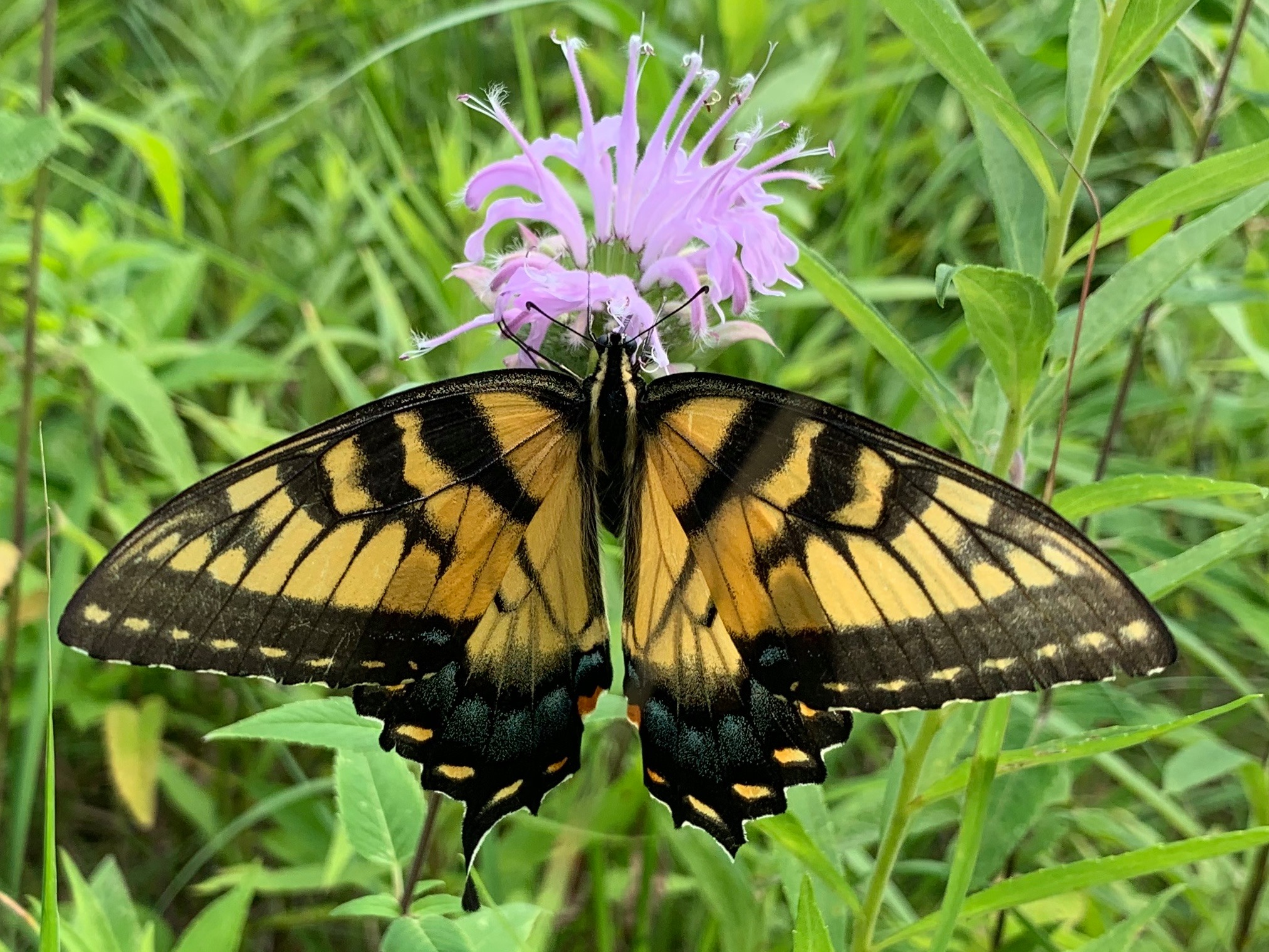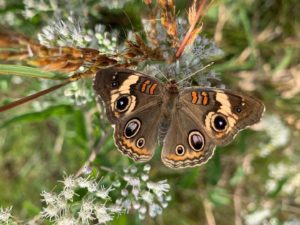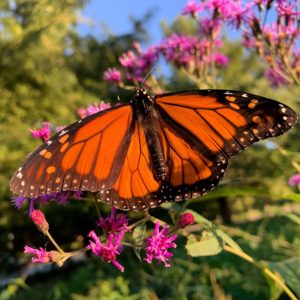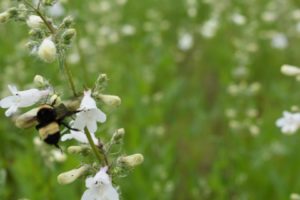
National Pollinator Week: Plants with a Purpose
Fun ways plants promote their own pollination – what we can do to help!
Happy National Pollinator Week! Bees, butterflies, bats, birds and 1,500-plus other pollinators are crucial to our ecosystem and our economy. Pollinators are responsible for about one in every three bites of food we eat and $20 billion worth of food products every year.
So what exactly is pollination? According to pollinator.org, “Pollination is a vital stage in the life cycle of all flowering plants. When pollen is moved within a flower or carried from one flower to another of the same species it leads to fertilization. This transfer of pollen is necessary for healthy and productive native & agricultural ecosystems.”
Plants are vital to our pollinators. They work hard to attract pollinators in a variety of ways. Help our pollinators by committing to plant native pollinator-friendly plants in your yard!
Here are some examples of native plants and the unique ways they attract pollinators.
 Color
Color
Bright flowers – red, purple, pink and fuchsia – attract hummingbirds. Butterflies enjoy yellow, orange, pink and red. A great native perennial flower to plant in your yard is Bee Balm (Monarda fistulosa). Its lavender color attracts bees and butterflies.
Fragrance
We know flowers – for the most part – smell good! Our pollinators know it too. A plant’s floral scent acts as an advertisement to pollinators. Nighttime pollinators like bats and moths rely heavily on their sense of smell. Plants like the native Redbud tree (Cercis canadensis) are fragrant and attract pollinators day and night.
 UV Light
UV Light
Have you ever thought about what the world looks like to a bee? Like us, bees can perceive color. Unlike us, bees can perceive ultraviolet light! Some flowers absorb ultraviolet light to create patterns only visible to bees. These patterns, called “honey guides” or “nectar guides,” direct bees to the center of the flower! Black-Eyed Susans (Rudbeckia hirta) is an example of a native plant that use “nectar guides” to attract pollinators. Click here to see how Black-Eyed Susans look to bees!
If you’re looking to make an even larger contribution to our pollinators, consider volunteering with us as part of our Native Seed Collection! Together we’ll collect seed in the parks starting late summer into fall as part of Project Wingspan. Project Wingspan is a 3-year project through Pollinator Partnership that aims to increase the quantity and quality of pollinator habitat across the Midwest to help imperiled native species and their habitat. Keep an eye on our website for opportunities to help with Native Seed Collection this fall!
To learn more about Project Wingspan, visit: https://www.pollinator.org/wingspan.
Share this post:

